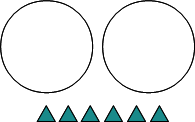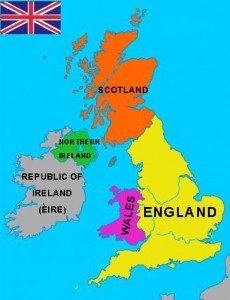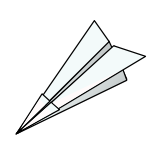I know I’ve blogged about this before, but seriously, you can really turn anything into a math problem!
I recently read a blog post by @raspberryberet3 about teaching financial literacy in the classroom and I couldn’t agree more! Even better, let’s get into the habit as parents of pointing out situations when we use math in our daily lives. I realize I’m a math teacher and sometimes my problems are a S-T-R-E-T-C-H for practical applications, but it does get us talking about math in different ways. Below are a few ways I talk about math with the #spadyboys.
- I always point out geometry vocabulary while driving. It’s not uncommon for me to pull off on the side of the road to take a picture of an object with lots of geometric terms. This one is one of my favorites! Can you see the quadrilaterals, triangles, transversals and supplementary angles?
I have a collection of pictures here: http://tinyurl.com/geopicswg and recently I had my pre-algebra students use these pictures and @explainevrythng on their iPad to define and highlight the “Geometry Around Us.” It was much better than writing down a bunch of definitions in a notebook. Check out Tyler’s example here: https://youtu.be/aDcRaVMiTa8
I’m excited about some of the new vocabulary ideas I learned from @rwootenits at NETA this past week! There are lots of tools and resources we can use to make the vocabulary much more meaningful for our students.
- My favorite place to take the #spadyboys is the @DollarTree. Before we get to the checkout, they have to calculate the sales tax. Food isn’t taxed so they have to figure out how many non-food items we have. Then, if it’s 7% sales tax, that’s $0.07 for every dollar we spend. They often have the total calculated before the checker scans all the items.
- Percents show up everywhere! When I read @raspberryberet3‘s blog post, I immediately thought of my awesome shoe deal at @DSWShoeLovers last month. The shoes shown at the top of this page were originally $60.00 marked down to $39.94 on the yellow sticker. The yellow sticker meant that I could take an additional 80% off! What was the final price for the shoes? Figure it out and leave a comment below! Whenever I can, I stress that we don’t always need calculators or tip cards to figure out percents. With a little rounding and estimating and moving decimal places, we can do it all mentally!
- I have a fascination with palindromes and get super excited when my odometer (currently at 159710 miles) reads a palindrome. Not only does it make for a cool pattern of numbers, but we can also figure out when the next palindrome will take place. BTW…how many more miles do I have to drive in order to reach a palindrome? Palindromes pop up all the time on the clock! Even my 5-year-old is getting the hang of it!
You truly can turn anything into a math problem. Whether it’s a practical application of percents or a fun pattern of numbers that create a palindrome, let’s work on turning the #mathcurse into #mathopportunities!


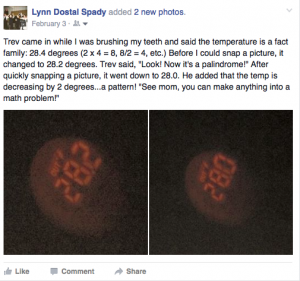


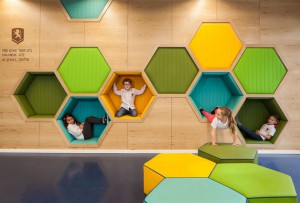



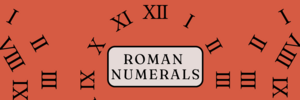

 Take Me out to the Ball Game! The baseball/softball season is upon us and what better way to prepare for the fun than by studying the ways in which math is used in these fine sports.
Take Me out to the Ball Game! The baseball/softball season is upon us and what better way to prepare for the fun than by studying the ways in which math is used in these fine sports.



